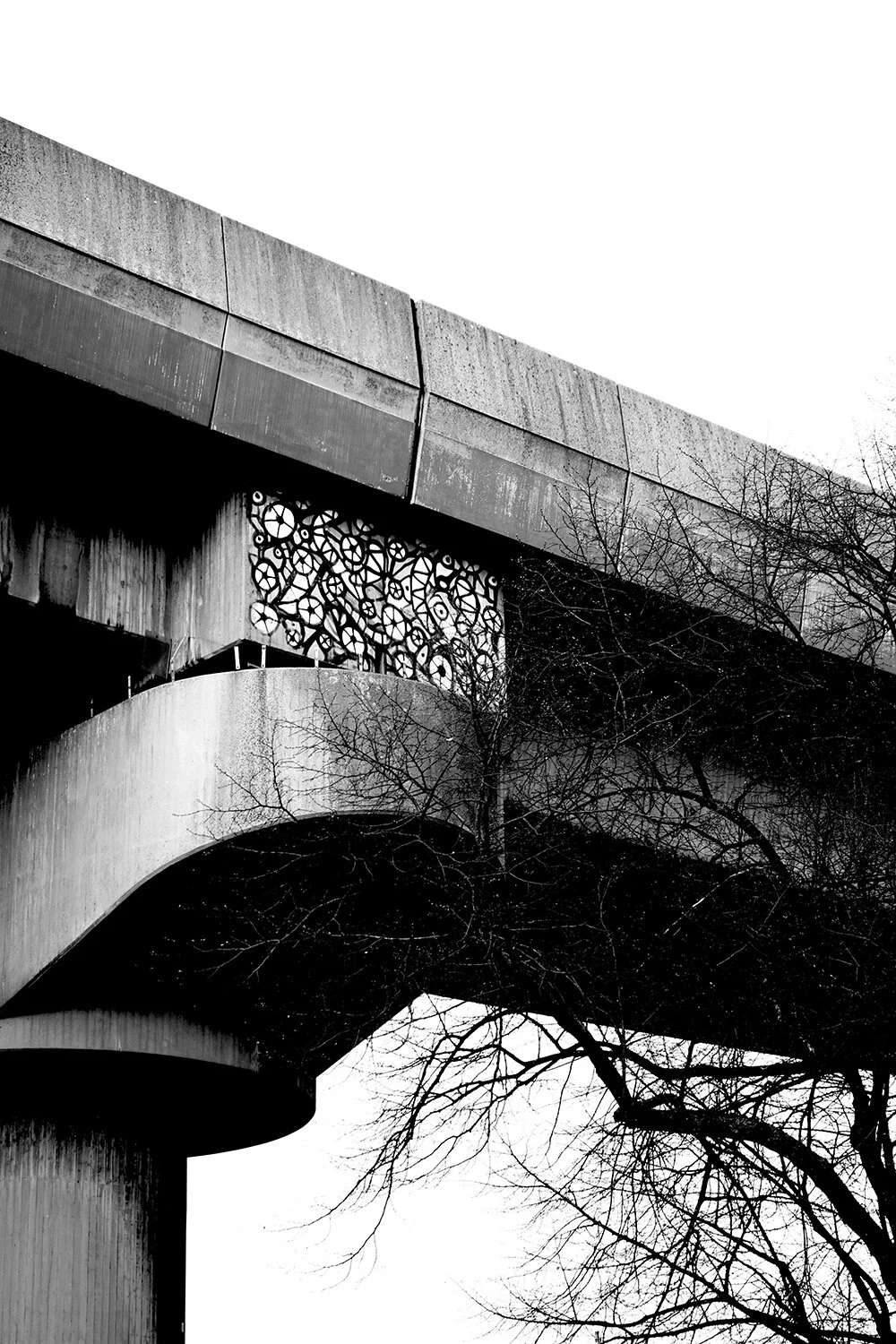“OZ has reputedly tagged his name, signature smiley faces and spirals more than 120,000 times around Hamburg”
Anyone who has ever spent some time in Hamburg is familiar with those thick spray-paint smileys and OZ graffiti all around the city’s transit network. The moment you notice them, you see them everywhere. Even though he painted larger murals on occasions, the grandfather of Hamburg's graffiti scene was mostly known for his smiley faces as well as a handful of signature tags and acronyms splattered across the city. USPs or DSFs ("Ultras Sankt Pauli" – a hardcore fan club of local football team St. Pauli with anarchist tendencies, and "Der Staatsfeind" – enemy of the State), crudely sprayed on repeat in heavy black lines like only a mad man would. By most accounts, it is estimated he sprayed over 120,000 tags across Hamburg throughout his career, which makes him one of the world's most prolific spray-paint hooligan ever.
Walter Fischer, mostly known as OZ, started tagging in the late 1970’s, but rose to prominence in Hamburg in the early 1990’s. At the time, very few people here thought his smileys were funny. He spent most of the next 25 years running in with the law, tagging his name everywhere in Hamburg, and getting in trouble for property damage.
As an anti-establishment contrarian, he enjoyed pissing people off. There’s a story of him tagging a building in Sternschanze only to find out a few days later the owner has whitewashed everything. Lo and behold, OZ tagged it again. The owner whitewashed it again. And OZ would tag it. And the owner whitewashed. And so on. Yet most of all he liked to paint: he would eagerly wait for canals to freeze in winter so he could reach spots he otherwise couldn’t. There were risks, of course: other than the police, guards and trackside security staff, there was the plain danger of getting injured, like he did when he severely burnt his foot after slipping and accidentally stepping on an electric rail. Stints in jail were getting old too, so he had to lawyer up.
At this point he had built quite a following, and after years of turning down offers to exhibit his work, legal bills forced him to reluctantly agree to get into the art business and make money. Fischer hated the spotlight almost as much as he hated the police, and felt he was selling a bit of his soul by exhibiting his work for people who, a few years earlier, would openly criticize graffiti artists like him. But lawyers cost money. That was nevertheless a turning point for him: instead of erasing his tags Hamburg started to look at them with pride.
OZ died a Thursday night of September 2014. The paint from his last tags was still wet when the police found his lifeless body along the tracks of the S1 Line, between Berliner Tor and Central Stations, 45 odd minutes after a commuter train hit him. He was 64.
To say that his art outlived him would be a bit too simplistic. Most of his larger colorful murals are already in poor condition, although his simpler black-on-white or white-on-black tags have held up pretty well. Hamburg has indeed turned into one huge “find the smiley” playground. Yet what has changed in Hamburg is the overall attitude regarding graffiti, and OZ’s cheerful graffiti played an important part in that reassessment.
Graffiti is undergoing a social reassessment, from visual pollution to proper art form, and is increasingly gaining the mainstream support long enjoyed by mural artists. There’s an unwritten code about tagging over someone else’s work, or defacing a heritage building, and as long as taggers abide to it, the public will keep of getting more supportive. Some neighborhoods such as St. Pauli and Sternchanze have even taken on to graffiti, to the point where every surface within reach might get painted. Guys like OZ have certainly made cities like Hamburg more colorful, and transformed the way we see our urban environment. These are no longer bare concrete walls, only blank canvases.























